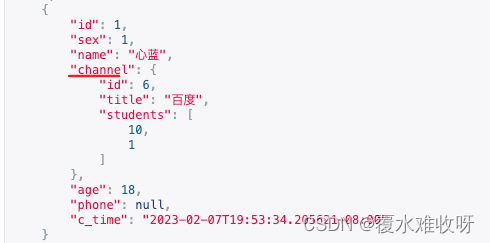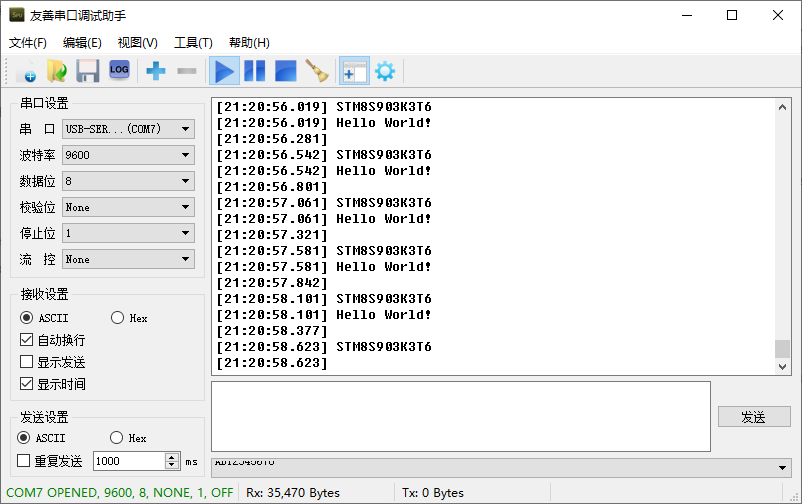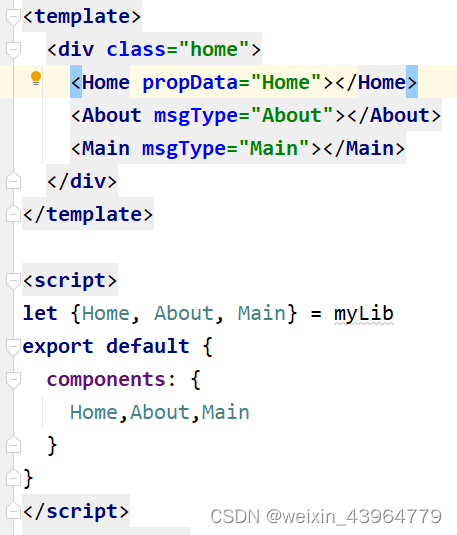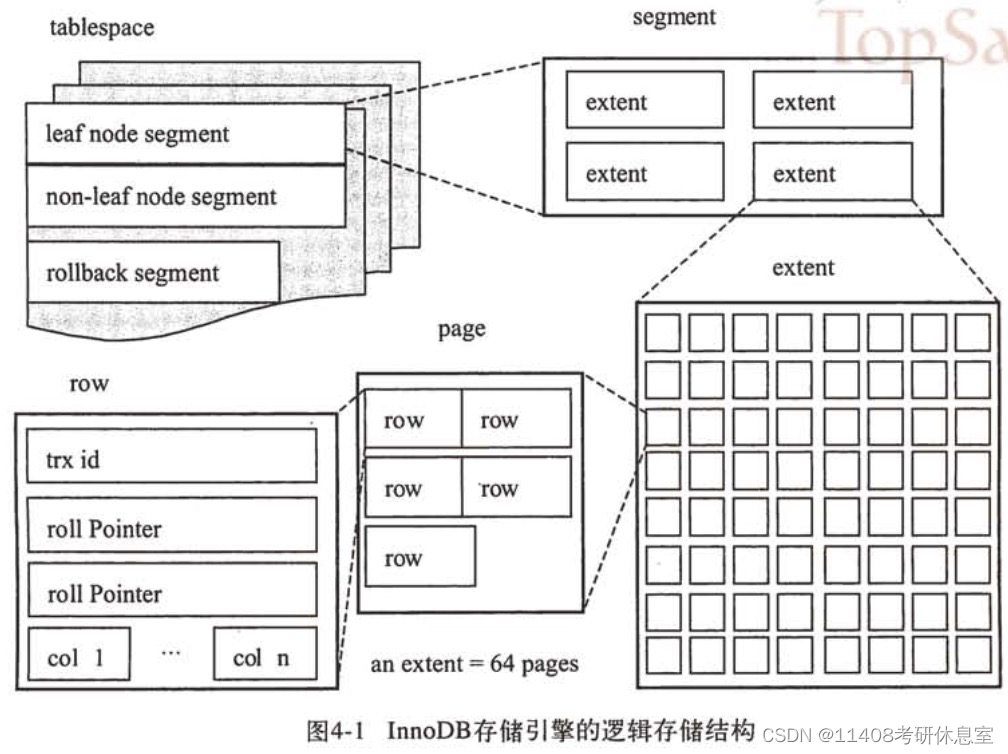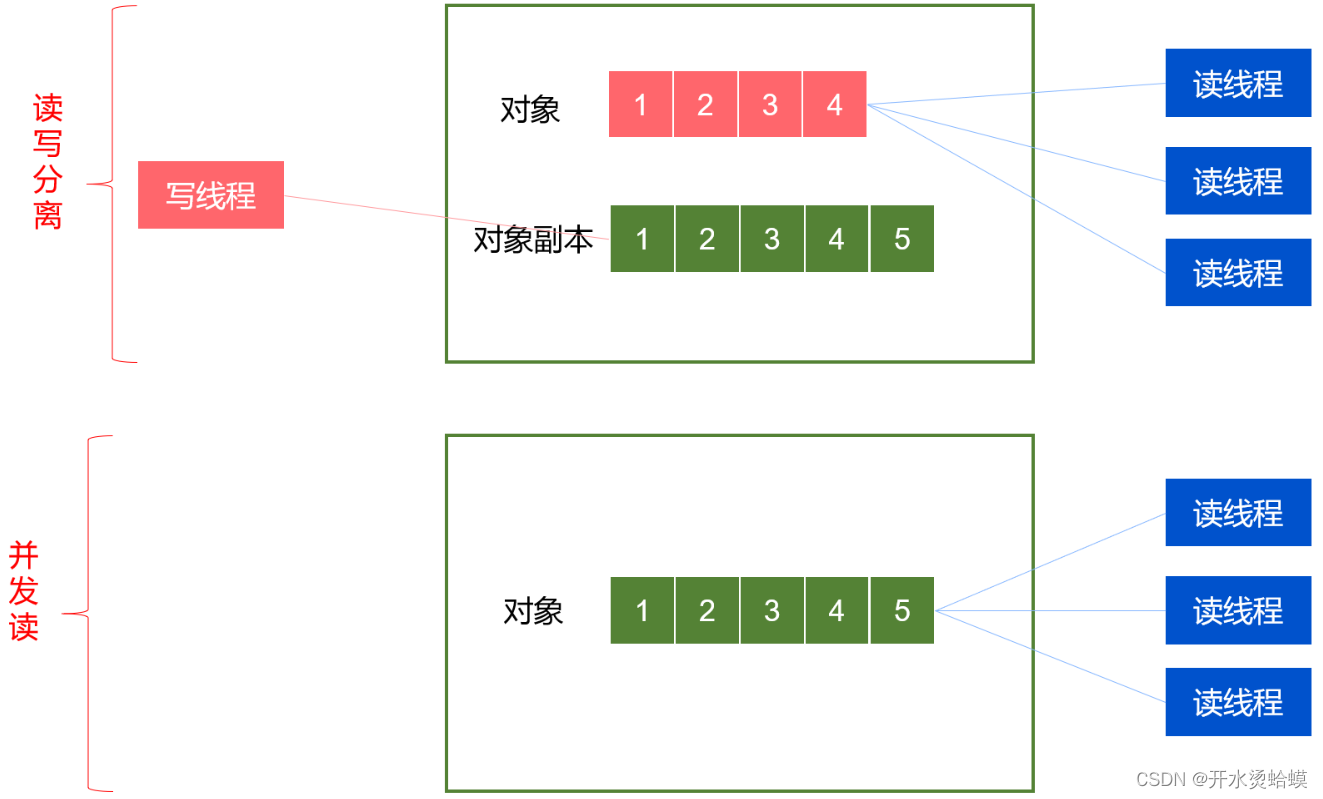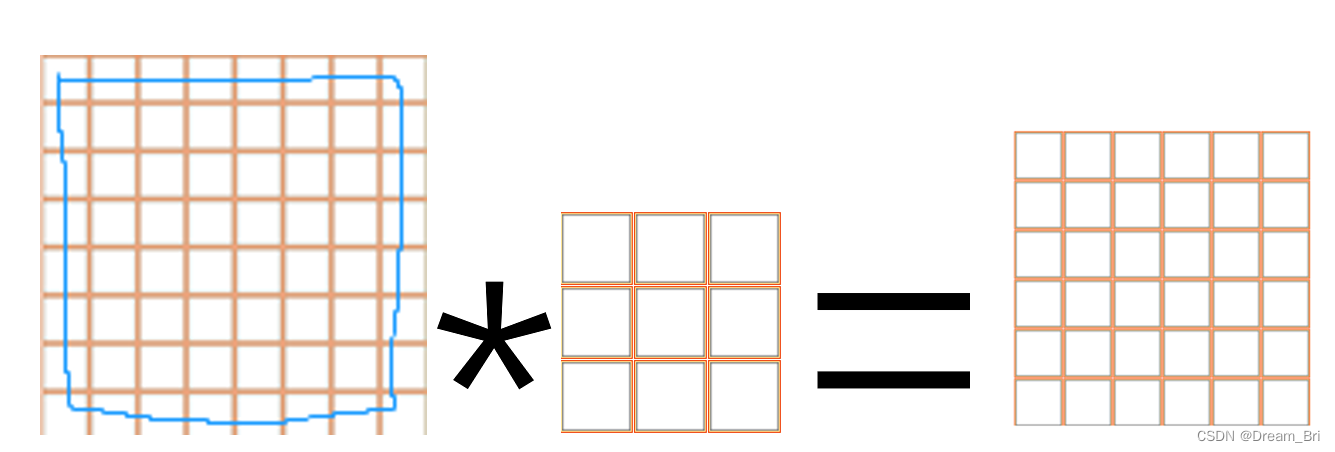21.1 list概述
- list是一个双向链表容器,可高效地进行插入删除元素。
- list不可以随机存取元素,所以不支持at.(pos)函数与[]操作符。It++(ok) it+5(err)
- 需要添加头文件:
#include <list>
21.2 list构造
(1)默认构造
list采用采用模板类实现,对象的默认构造形式:list lstT; 如:
list<int> lstInt; //定义一个存放int的list容器。
list<float> lstFloat; //定义一个存放float的list容器。
list<string> lstString; //定义一个存放string的list容器。
…
//尖括号内还可以设置指针类型或自定义类型。

(2)有参构造
list(beg,end);//构造函数将[beg, end)区间中的元素拷贝给本身。注意该区间是左闭右开的区间。list(n,elem);//构造函数将n个elem拷贝给本身。list(const list &lst);//拷贝构造函数。
21.3 list使用
(1)list头尾的添加移除操作
list.push_back(elem);//在容器尾部加入一个元素list.pop_back();//删除容器中最后一个元素list.push_front(elem);//在容器开头插入一个元素list.pop_front();//从容器开头移除第一个元素
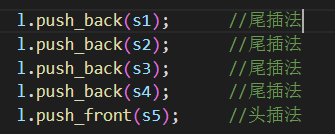

(2)list的数据存取
list.front();//返回第一个元素。list.back();//返回最后一个元素。
(3)list与迭代器
list.begin();//返回容器中第一个元素的迭代器。list.end();//返回容器中最后一个元素之后的迭代器。list.rbegin();//返回容器中倒数第一个元素的迭代器。list.rend();//返回容器中倒数最后一个元素的后面的迭代器。

(4)list的赋值
list.assign(beg,end);//将[beg, end)区间中的数据拷贝赋值给本身。注意该区间是左闭右开的区间。list.assign(n,elem);//将n个elem拷贝赋值给本身。list& operator=(const list &lst);//重载等号操作符list.swap(lst);// 将lst与本身的元素互换。
(5)list的大小
list.size();//返回容器中元素的个数list.empty();//判断容器是否为空list.resize(num);//重新指定容器的长度为num,若容器变长,则以默认值填充新位置。如果容器变短,则末尾超出容器长度的元素被删除。list.resize(num, elem);//重新指定容器的长度为num,若容器变长,则以elem值填充新位置。如果容器变短,则末尾超出容器长度的元素被删除。
(6)list的插入
list.insert(pos,elem);//在pos位置插入一个elem元素的拷贝,返回新数据的位置。list.insert(pos,n,elem);//在pos位置插入n个elem数据,无返回值。list.insert(pos,beg,end);//在pos位置插入[beg,end)区间的数据,无返回值。
(7)list的删除
list.clear();//移除容器的所有数据list.erase(beg,end);//删除[beg,end)区间的数据,返回下一个数据的位置。list.erase(pos);//删除pos位置的数据,返回下一个数据的位置。list.remove(elem);//删除容器中所有与elem值匹配的元素。
注意:这里在匹配的时候,涉及到 == 运算符的运用,如果list用的是自己创建的类型,则要对 = = 运算符进行重载

(8)list的反序排列
list.reverse();//反转链表,比如lst包含1,3,5元素,运行此方法后,lst就包含5,3,1元素。
完整示例代码:
#include <iostream>
#include <list>
#include <string.h>
using namespace std;
class Student
{
private:
int id;
char name[32];
public:
Student(){}
Student(int i, const char *n);
void show();
bool operator==(const Student &s);
};
Student::Student(int i, const char *n)
{
id = i;
strcpy(name, n);
}
void Student::show()
{
cout << "id : " << id << " name : " << name << endl;
}
bool Student::operator==(const Student &s)
{
if (this->id == s.id && strcmp(this->name, s.name) == 0)
{
return true;
}
else
{
return false;
}
}
int main()
{
Student s1(1, "aaa");
Student s2(2, "bbb");
Student s3(3, "ccc");
Student s4(4, "ddd");
Student s5(5, "eee");
Student s6(6, "fff");
list<Student> l; //创建链表对象
l.push_back(s1); //尾插法
l.push_back(s2); //尾插法
l.push_back(s3); //尾插法
l.push_back(s4); //尾插法
l.push_front(s5); //头插法
for (list<Student>::iterator it = l.begin(); it != l.end(); it++)
{
it->show();
}
l.pop_front(); //删除第一个结点
l.pop_back(); //删除最后一个结点
cout << "****" << endl;
for (list<Student>::iterator it = l.begin(); it != l.end(); it++)
//for (list<Student>::iterator it = l.begin(); it != l.end(); it = it + 1)// 在非连续存储的容器中,不支持+运算,只能++
{
it->show();
}
cout << "第一个元素是:" << endl;
l.front().show();
cout << "最后一个元素是:" << endl;
l.back().show();
cout << "链表长度:" << endl;
cout << l.size() << endl;
cout << "链表扩充..." << endl;
l.resize(5, s6);
for (list<Student>::iterator it = l.begin(); it != l.end(); it++)
{
it->show();
}
//对象数组
cout << "********" << endl;
Student s[5] = {Student(10, "a"), Student(11, "b"), Student(12, "c"), Student(13, "d"), Student(14, "e")};
l.insert(l.begin(), s[0]); //往链表开始位置插入对象s[0]
for (list<Student>::iterator it = l.begin(); it != l.end(); it++)
{
it->show();
}
cout << "*****" << endl;
l.insert(l.end(), 5, s[4]);
for (list<Student>::iterator it = l.begin(); it != l.end(); it++)
{
it->show();
}
cout << "******" << endl;
l.insert(l.end(), s, s + 3); //往链表结尾插入一个区间
for (list<Student>::iterator it = l.begin(); it != l.end(); it++)
{
it->show();
}
cout << "删除一个区间" << endl;
list<Student>::iterator it = l.begin();
for (int i = 0; i < 5; i++)
{
it++;
}
l.erase(it, l.end());
for (list<Student>::iterator it = l.begin(); it != l.end(); it++)
{
it->show();
}
cout << "删除一个位置" << endl;
l.erase(l.begin());
for (list<Student>::iterator it = l.begin(); it != l.end(); it++)
{
it->show();
}
cout << "删除具体的元素" << endl;
l.remove(s1); //s1 == s2 要自己去重载==运算符
for (list<Student>::iterator it = l.begin(); it != l.end(); it++)
{
it->show();
}
cout << "链表翻转" << endl;
l.reverse();
for (list<Student>::iterator it = l.begin(); it != l.end(); it++)
{
it->show();
}
return 0;
}
运行结果:
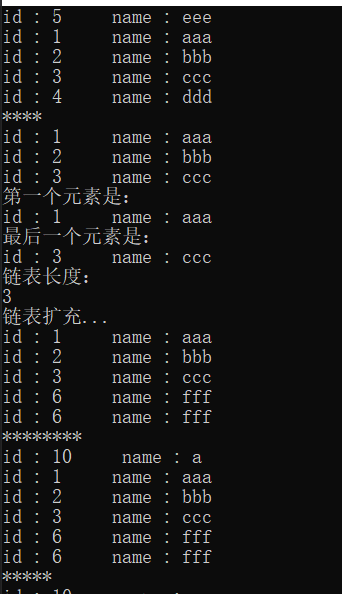
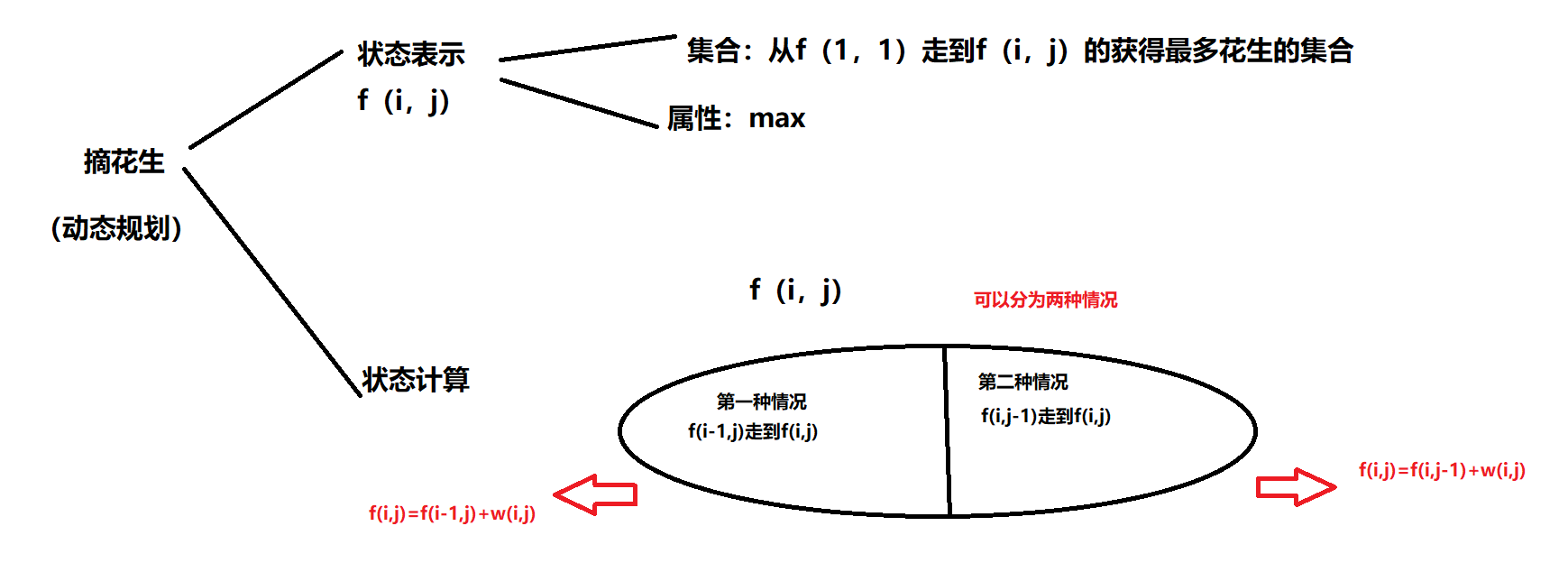
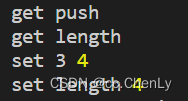

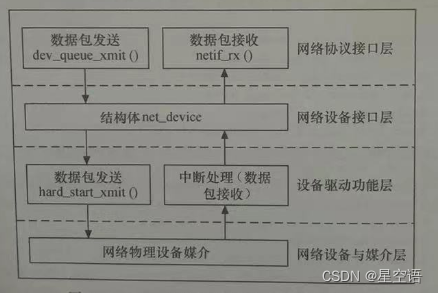

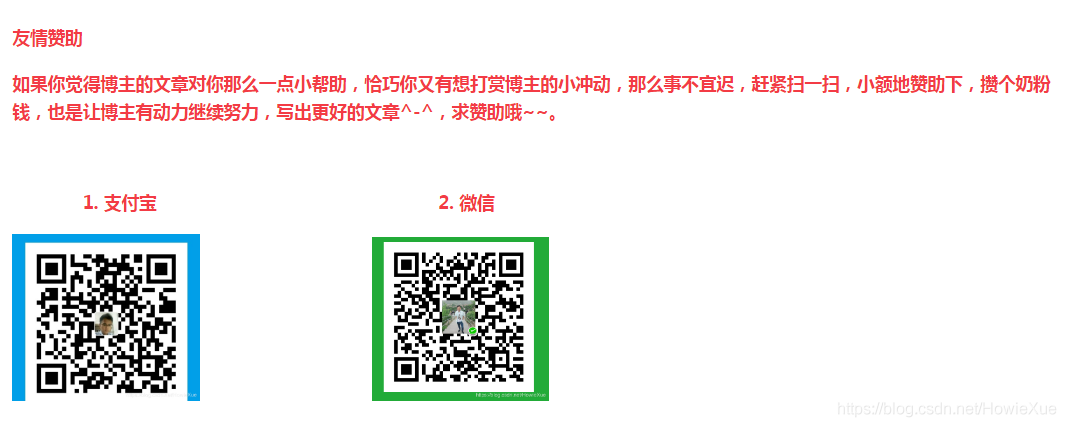

![[acwing周赛复盘] 第 94 场周赛20230311](https://img-blog.csdnimg.cn/4803447c73444805a85425e045de926f.png)


